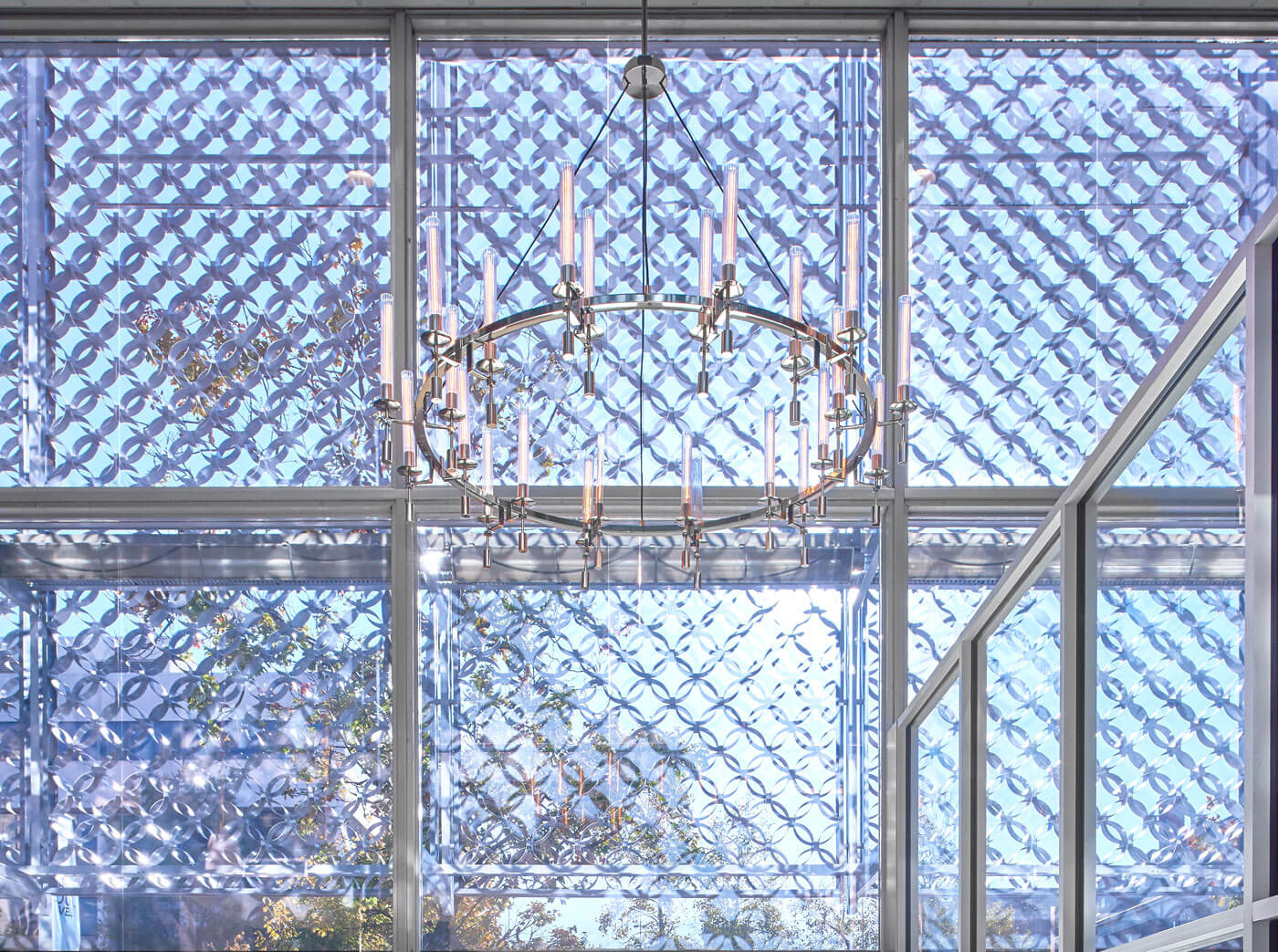
Website design is not what it used to be, and for a good reason. Imagine if all the sites you love to visit went back to using the same design elements from 15 years ago. You would want to throw your phone, tablet, and desktop out the window. Why? Because we have grown accustomed to modern, high-quality, user-focused design trends. The idea of reverting to harsher visuals, poorer navigation, and unintuitive design sounds miserable now.
Today’s web designers understand the importance of designing around the user experience (UX), as it is the make-or-break characteristic of a website and the leading indicator of the site’s performance among users. From good content flow to usability features and simplified processes, designers must incorporate elements that create a positive user experience. Otherwise, the site owner may see fewer site visits and risk losing credibility among users.
To ensure your site benefits visitors with a satisfying UX, let’s look at the elements that make for a quality web design.
Quality Websites Boast Strong Visual Design
The visual design includes everything the user sees when they land on the website, including:
- Photography
- Illustrations
- Videos
- Typography
- Layout
- Negative space
- Color
- Buttons
- Toggles
- Anything else that the visitor will see
Visual design is one of the most important parts of UX. Since sight is the sense most used to understand and navigate a website, the visuals cannot be treated like an afterthought. Visual elements make more memorable impressions faster than anything else. People are naturally drawn to visuals as sight is one of the most vital senses we have to understand the world around us.
Check out these eye-opening stats about why users engage with visuals better than anything else:
- The brain receives an endless stream of information, 90% of which is visual (Forbes)
- The brain processes visuals 60,000 times faster than text (Forbes)
- The eye can register up to 36,000 visuals within an hour (Forbes)
- First impressions hinge on the visuals 94% of the time (WebFX)
And take a look at these facts about how users respond to site visuals:
- It takes a user 0.05 seconds to form an opinion of your website (BloggingWizard)
- Users based site credibility off of the design 75% of the time (WebFX)
- 89% of users will turn to a competitor if the original site’s UX is poor (WebFX)
There is so much to think about when putting a site’s visuals together to strengthen the UX. From choosing the right fonts and colors to finding the best layout and photography, designers must employ sound design principles that appeal to the visual senses of the user and boost their experience on your site. High-res images, attractive color combinations, and easy-to-read fonts, all displayed in a well-structured layout, will keep users on your site as they continue searching for the solutions you can provide them.
The Graphic Designers and Web Developers at M&R Know Visual Design. Start Enhancing Yours with Our Team Today: 478-621-4491
Quality Websites Feature Interaction Design
Interaction design is exactly what it sounds like–a design that focuses on the interactions between the user and the website. It requires thoughtful consideration of users’ behaviors and expectations with the goal of:
- Anticipating the visitor’s wants and needs
- Guiding the visitor from one page or section to another as seamlessly as possible
- Mitigating errors or roadblocks in the journey through your site
- Catering to the visitor intuitively rather than reactively
Designers integrate the interaction design with the visual design through features like:
Buttons
A site’s buttons direct the user from one page or one area of a page to another. Buttons guide the user’s path through your site to lead them efficiently to the information and solution they need from you. Well-planned buttons lead to action from the user and new conversions for you.
Menus
Like the buttons, the menu should help users navigate your site quickly and clearly. The menu design will determine if the user will be successful at reaching the right pages, which could affect whether they become a customer.
Color Choices
Believe it or not, the colors used on your site help guide visitors around and communicate information. Communication through colors is more subtle than communication through other elements on the page. Still, the colors you use in certain places can help users interact with your website or hinder the journey.
Sections
As part of the layout, each section needs to consider content, organization, size, and more. The sections a user encounters on a webpage should flow in such a way that keeps them engaged, informed, and inspired to take further action with your company.
Is It Time to Rethink Your Interaction Design for the Benefit of Your UX? Talk to the Expert Designers at M&R! 478-621-4491
Quality Websites Feature Logical Information Architecture
Information architecture (IA) creates the flow of info throughout the website and tells the user what to know from the page, where they are on the website, and what they can expect in their next actions. Information should be structured in a way that makes logical sense and helps the user interact with the info presented with the goal of completing a purchase, making a phone call, or connecting with your company in some way.
IA relies on headings, body text, and layout structures to form an effective flow of info. IA analyzes the content, context, and the user persona to inform things like:
- Info organization and categorization
- Labels and headings
- Sitemaps
- Search systems
Quality Websites Feature Solid User Research
You can spend loads of time and money to create a sleek, informative, highly interactive website. However, if you don’t understand your audience or the customers you hope to gain, all the work you put into your website could be for naught. Your company provides a certain set of products and services, and it’s essential to research the people who are likely to rely on you for your solutions and build your website around them.
For instance, a pest control company will most commonly serve homeowners, commercial business owners, and property managers who want a fast, efficient, straightforward pest control solution for their location(s). A local record store is going to appeal to younger audiences who are willing to explore new bands. Both sites require vastly different designs that will cater to each of their particular audiences and the expectations their audiences will have about the sites.
Successful user research involves these five steps:
- Discovering the questions you need answers to
- Stating current beliefs, assumptions, and facts about the questions
- Choosing the methods to gather data (surveys, interviews, focus groups, etc.)
- Conducting research and gathering data
- Analyzing your findings to make sense of the results and apply it to your design
If You’re Ready to Boost Your UX Through Quality Web Design, Turn to the Web Design Experts at M&R Marketing.
Our writers, designers, and developers go ALL IN to capture your business online and create a UX-focused website that your audience wants to use. If it’s time to rethink your site design, get in touch with our team today: 478-621-4491.

